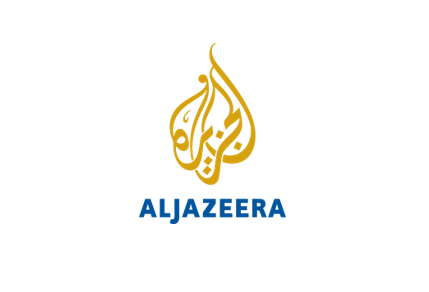By Isis Palay, Communications and Knowledge Management Intern, IWMI
Climate change is one of the most serious crises facing humanity. Not only is it causing a rise in global temperature and increasing extreme weather events, but it is also acting as a catalyst for many other major issues, such as water access and distribution.

Since the 1980s, demand for water has been rising by about 1% every year, while water variability has also increased in many parts of the world. This has driven global water prices up, and today, billions still lack reliable water resources for basic needs. As social and health issues emerge and worsen in places where droughts, floods and water variability get increasingly frequent, innovative water management solutions become key to the survival of many communities.
According to UN Water, more than 2.2 billion people lack access to safe drinking water, and half of the global population does not have access to proper sanitation. During the current pandemic, better water management practices have never been so vita. Innovation and research on how to safeguard, reuse and manage water resources are essential to survival for all, but even more pertinent for the half of the global population without good access. This year’s theme for World Water Day is “valuing water”. Now more than ever, we need to appreciate the potential of water as a key element of climate solutions. Here are just three examples of IWMI’s work illustrating our commitment to providing evidence-based solutions to some of the key climate challenges facing food, water and land systems.
Flood insurance protects farmers
Storms caused by climate change are increasing. Farmers in flood-prone areas have traditionally been overwhelmed by losing crops, money and sometimes their entire livelihood each time a flood or cyclone hits. Around 74% of natural disasters between 2001 and 2018 were water related. During the past 20 years, floods and droughts have caused more than 166,000 deaths, have affected more than three billion people and have cost economies almost US$700 billion, as reported by the UN World Water Development Report in 2020. This is why Index-Based Flood Insurance is so essential.
IWMI researchers have developed support and warning systems for farmers impacted by these climate change induced events. Index-based flood insurance (IBFI) is a system that harnesses satellite data to calculate faster compensation for farmers experiencing losses provoked by floods. Insurance payments often go straight back into the farm, buying fertilizers and getting what’s needed to get a household’s income up and running again. IWMI’s researchers estimated that around one million farmers will have agricultural flood insurance by 2025, easing the burden of climate change on the world’s most marginalized.
Drought monitoring in the Middle-East and In North Africa — the MENA drought project:
The Middle East and North Africa region (MENA) is recognized as the driest region in the world. With climate change, variations in precipitation levels have risen, and droughts have increased in number and severity, with less than 1,700 cm of yearly rainfall per capita. MENA countries have suffered from severe water scarcity issues, aggravated by a lack of management plans for impact mitigation. Led by IWMI, the MENA drought project therefore aims to deliver enhanced drought mapping and early warning systems to Jordan, Lebanon and Morocco, and linking these directly to drought action plans. Working hand-in-hand with experts, technicians and policy-makers, our researchers are tailoring their maps to each of the three countries’ specific local conditions. This way, droughts and drought risk can be monitored and modelled across a whole region, rather than limited within national boundaries. Overall, the project is helping to improve water governance, by allowing individuals and governmental bodies to make informed decisions to respond rapidly to droughts, and to improve their climate mitigation strategies to cope with future events.
Integrated water storage coupling diverse water stores to promote resilience:
IWMI is researching ways to improve water availability by considering ways to reduce the water storage gap that exists between water demand and supply. In a new paper, our researchers explain how growing populations and economic development drives increasing demand for water. Moreover, our experts note a global reduction in the amount of stored freshwater. This has been driven by the depletion of groundwater aquifers and lakes, melting glaciers, and the siltation of reservoirs, as a consequence of climate change and environmental degradation. Although globally this decline is very small relative to the total amount of water stored, lack of water storage and increasing water scarcity are an increasing management challenge and a constraint to socio-economic development. Conceptualizing water storage as a service that supports a wide range of benefits for people and the environment, provides a basis for more integrated and effective planning and management of both natural and human built water stores.
These are only three examples from the hundreds of IWMI projects that are making a difference worldwide. As the consequences of climate change become a reality for growing numbers of people, water is at the forefront of many of our most pressing issues. In this respect, IWMI’s research is essential to many communities’ survival. And while the value of water rises in places where it is scarce, research on how to make the most use of available water resources is crucial. Hence, our researchers are doing critical work; studying new ways to store, reuse and monitor water, thus promoting a water-secure world.
















